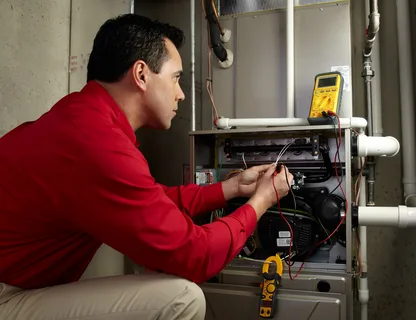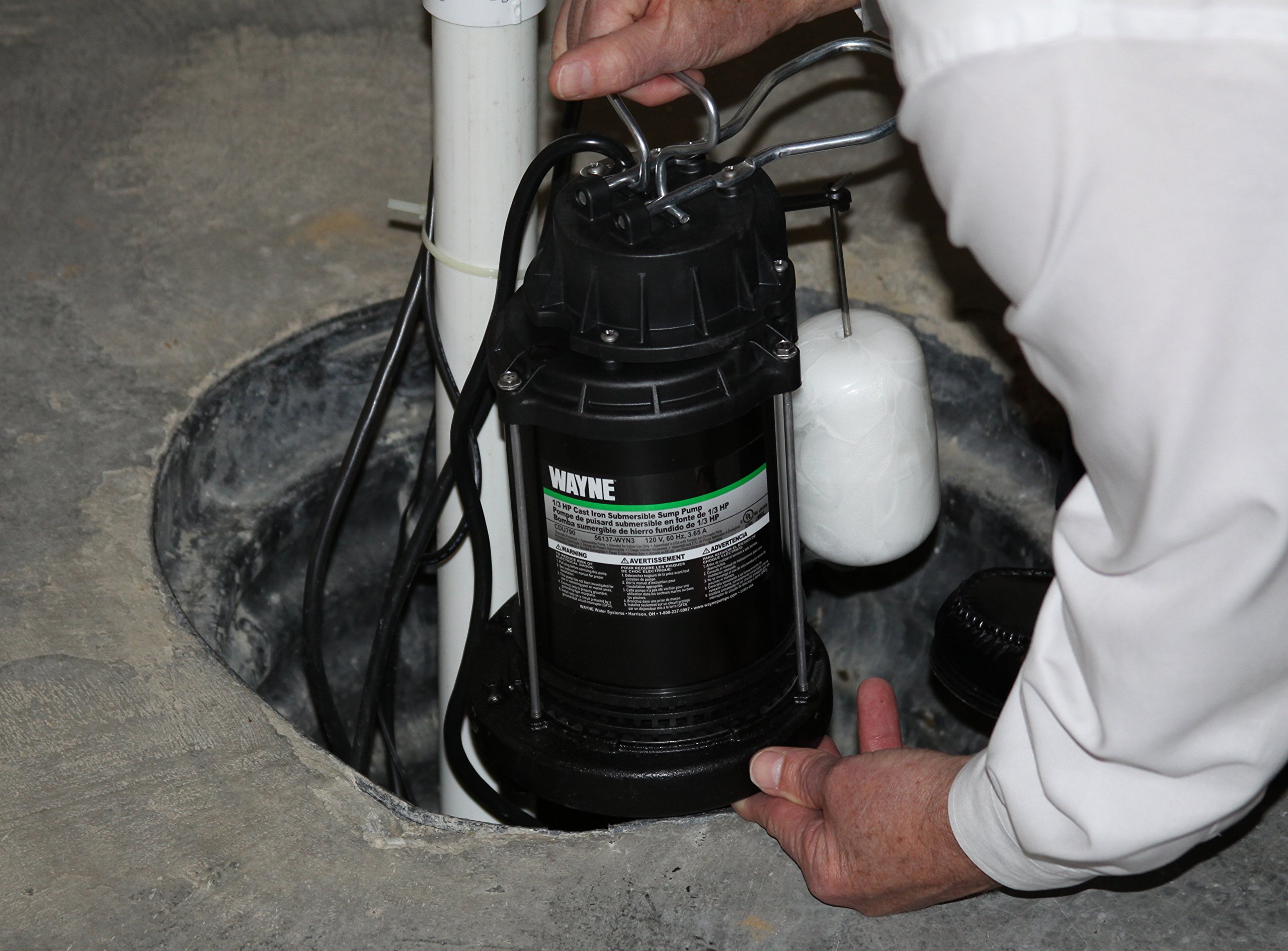In today’s world, where technology is advancing at a rapid pace, ensuring proper cooling for various systems has become paramount. Whether it’s for a computer, an industrial machine, or a data center, an efficient cooling system is essential for preventing overheating and ensuring optimal performance. In this article, we’ll delve into the intricacies of cooling system installation, covering everything from its importance to the step-by-step process of setting one up.
Importance of Proper Cooling System Installation
Before we dive into the technical details, let’s understand why proper installation of a cooling system is crucial. Cooling systems play a vital role in dissipating heat generated by electronic components, machinery, or any system that produces heat during operation. Without adequate cooling, these systems can overheat, leading to malfunctions, reduced lifespan, and in extreme cases, complete failure. Therefore, investing in a well-designed and correctly installed cooling system is essential to ensure the longevity and reliability of your equipment.
Understanding Different Types of Cooling Systems
Cooling systems come in various types, each catering to different needs and applications. The two primary types are air cooling systems and liquid cooling systems.
Air Cooling Systems
Air cooling systems, also known as fan-based cooling systems, are the most common and cost-effective solution for cooling electronic components such as CPUs, GPUs, and servers. These systems rely on fans to circulate air and dissipate heat away from the components. While they are relatively easy to install and maintain, they may not be suitable for high-performance applications that require more efficient cooling.
Liquid Cooling Systems
Liquid cooling systems, on the other hand, utilize a liquid coolant, such as water or a specialized coolant, to absorb and transfer heat away from the components. These systems are highly efficient and are often used in high-performance computing, overclocking, and industrial applications where air cooling may not suffice. While liquid cooling systems offer superior cooling performance, they are more complex to install and require regular maintenance to prevent leaks and corrosion.
Factors to Consider Before Installing a Cooling System
Before diving into the installation process, there are several factors to consider to ensure you choose the right cooling system for your needs.
System Compatibility
First and foremost, ensure that the cooling system you select is compatible with your equipment. Check the specifications of your devices to determine the cooling requirements and choose a system that can adequately handle the heat output.
Cooling Capacity
Consider the cooling capacity of the system, which is measured in British Thermal Units (BTUs) or Tons of Refrigeration (TR). Ensure that the cooling capacity matches the heat load of your equipment to prevent overheating.
Space Requirements
Evaluate the space available for installing the cooling system. Whether it’s a compact air cooler or a bulky liquid cooling radiator, make sure you have enough space to accommodate the system without obstructing airflow or other components.
Step-by-Step Guide to Installing a Cooling System
Now that you’ve selected the right cooling system for your needs, let’s walk through the installation process step by step.
Pre-Installation Preparations
Before installing the cooling system, gather all the necessary tools and equipment, including screwdrivers, thermal paste, and cable ties. Make sure to read the installation manual provided by the manufacturer for specific instructions and precautions.
Installing the Cooling Unit
Begin by mounting the cooling unit to the designated area, ensuring that it is securely attached and level. Follow the manufacturer’s instructions for mounting brackets or screws, and be careful not to overtighten them to avoid damaging the components.
Connecting the Components
Next, connect the cooling unit to the power source and the components you wish to cool. If you’re installing a liquid cooling system, connect the tubing to the CPU block or GPU block and the radiator, making sure to tighten the fittings securely.
Testing and Troubleshooting
Once the cooling system is installed, power on your equipment and monitor the temperature levels to ensure that the cooling system is functioning correctly. Keep an eye out for any leaks or unusual noises, and troubleshoot any issues promptly to prevent damage to your equipment.
Benefits of Professional Cooling System Installation
While DIY installation may seem tempting, opting for professional installation offers several benefits. Professional installers have the expertise and experience to ensure that the cooling system is installed correctly, minimizing the risk of errors or damage. Additionally, professional installation often comes with warranty coverage and ongoing support, giving you peace of mind knowing that your equipment is in good hands.
Maintenance Tips for Optimal Cooling System Performance
To ensure the longevity and efficiency of your cooling system, follow these maintenance tips:
Regular Cleaning and Inspection
Periodically clean the fans, radiators, and other components to remove dust and debris that can impede airflow. Inspect the system for any signs of corrosion, leaks, or damage, and address any issues promptly.
Monitoring Temperature Levels
Keep an eye on the temperature levels of your equipment and adjust the cooling system settings as needed to maintain optimal performance. Consider using temperature monitoring software or hardware to track temperature trends and identify potential issues before they escalate.
Prompt Repairs
If you notice any abnormalities or performance issues with your cooling system, such as increased noise levels or higher temperatures, don’t hesitate to contact a professional for repairs. Ignoring minor issues can lead to more significant problems down the line, so it’s essential to address them promptly.
Conclusion
In conclusion, proper cooling system installation is crucial for maintaining the performance and longevity of your equipment. Whether you opt for an air cooling system or a liquid cooling system, ensure that it is compatible with your devices and installed correctly to prevent overheating and potential damage. By following the steps outlined in this article and investing in professional installation and maintenance, you can enjoy reliable and efficient cooling for years to come.



